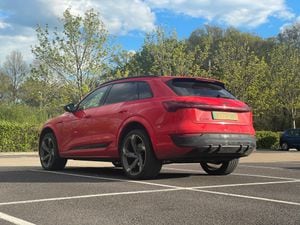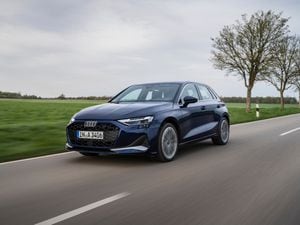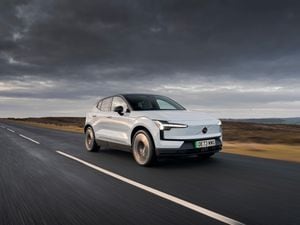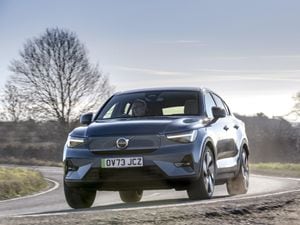First drive: Volkswagen’s Passat Estate is a smooth operator
Tom Wiltshire takes the Passat Estate for a spin, equipped with a 1.4-litre petrol engine
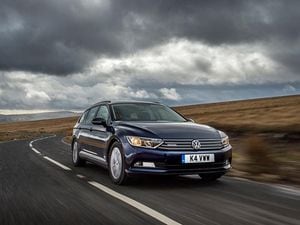
What is it?
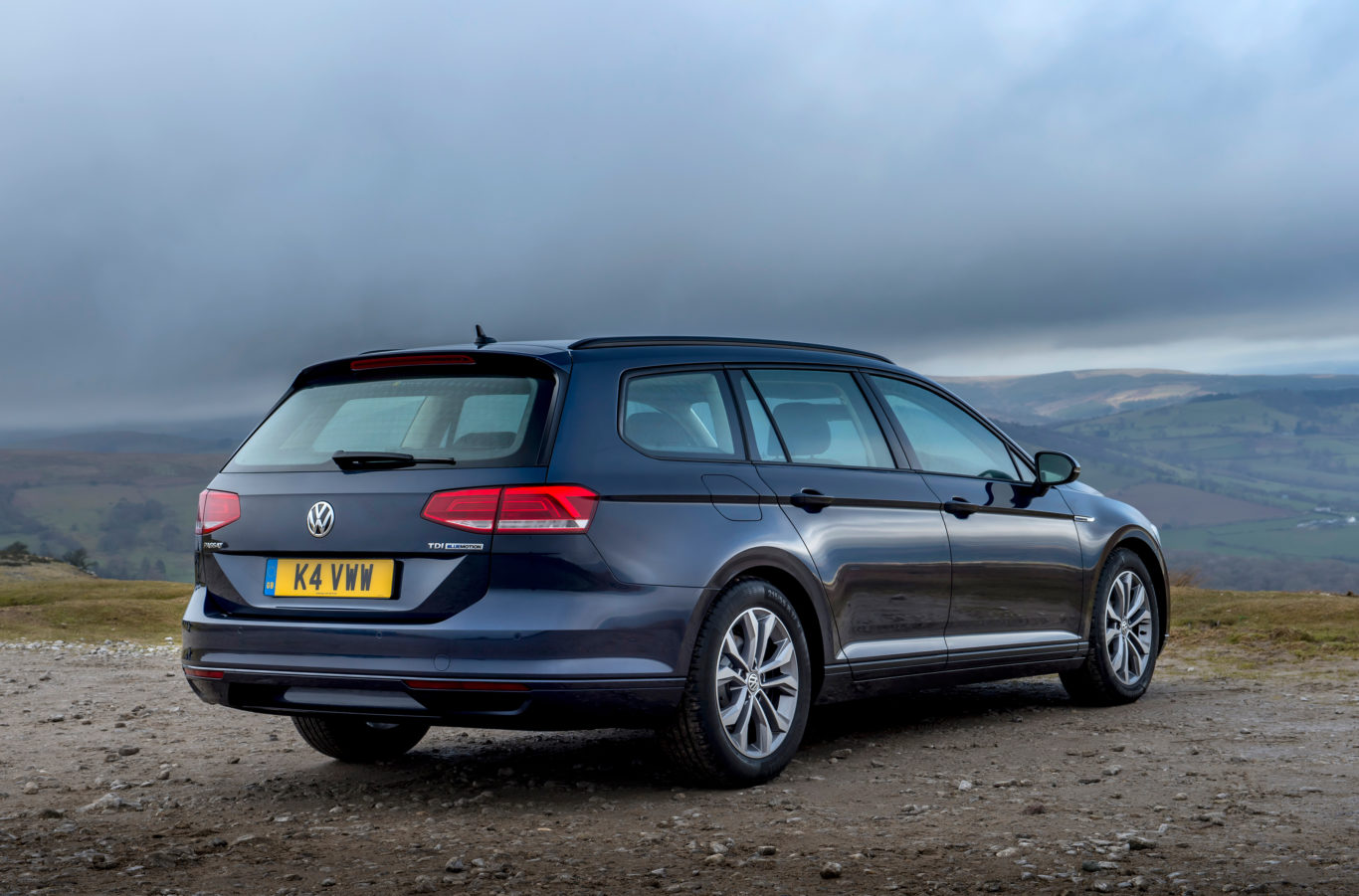
VW’s Passat is a mainstay of the family saloon market, and its companion estate model is equally popular. It operates in an interesting grey area of the market – above budget rivals such as the Kia Optima or Skoda Superb, but still a few pegs down from the Mercedes C-Class Estate or BMW 3 Series Touring.
We’re testing the Passat here in popular SE Business trim, fitted with an unusual-for-the-class 1.4-litre petrol engine.
What’s new?
The Passat isn’t exactly intended to be a game-changer, and Volkswagen instead focuses on trying to make it just a little bit better than its rivals in every way. Compare it with rivals such as the Skoda Superb and you’ll notice everything’s just a little bit ‘nicer’ – extra soundproofing, soft-touch plastics that extend a few inches further than they need to, superbly weighted damping on items like the glovebox and grab handles.
This 1.4-litre model uses an engine we’ve seen before, but at launch the Passat was diesel-only – the addition of petrol models came along with the GTE plug-in hybrid.
What’s under the bonnet?
Most Passats are, of course, diesel. But the 1.4-litre turbocharged four-cylinder petrol in our car is such a good fit, we wonder why more people don’t choose it. It’s decently peppy, with 148bhp on offer. Of course, loaded with a full boot and four adults on board it’s going to suffer in the performance stakes – blame a measly 250Nm of torque for that – but it felt up to the task.
Best of all, the petrol offers genuinely brilliant fuel economy for such a small engine in such a big car. That’s thanks to cylinder deactivation tech, which cuts out two of the car’s cylinders under light load. And it really works – a week of mixed driving saw us average well over 45mpg, while an extended motorway run with the cruise control on 70mph saw that figure leap up to 50mpg. Factor in the near-£2,000 price reduction over the equivalently powered diesel, and this petrol model begins to make a lot of sense for all but the highest-mileage drivers.
As standard, this engine is mated to a six-speed manual gearbox, but our car featured the seven-speed DSG. It’s ubiquitous among the VW Group and is as good here as it is in any of its other applications.
What’s it like to drive?
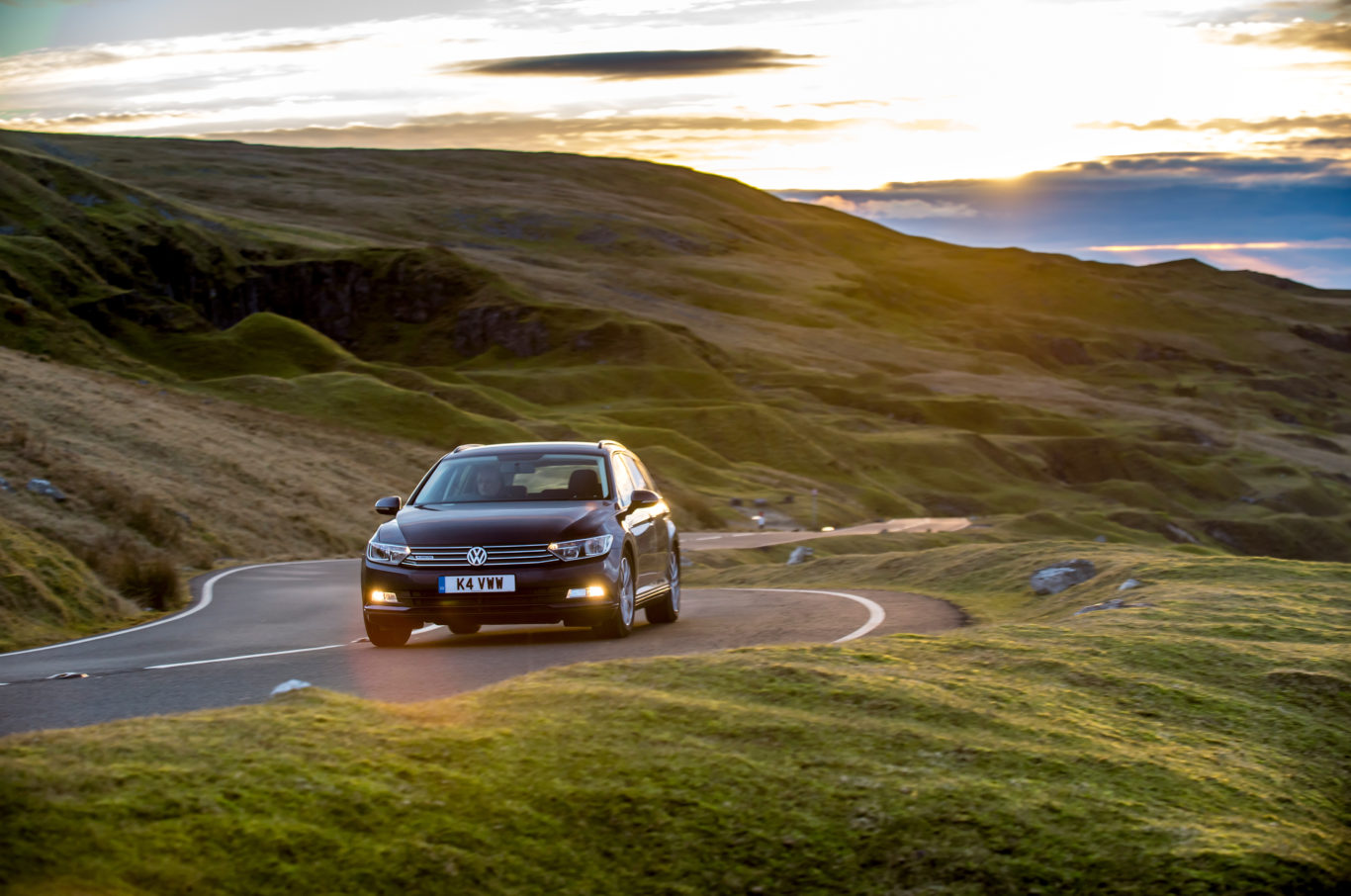
There’s nothing about the way the Passat handles that will inspire even a little bit of ‘hooligan’ inside you. It responds best to a gentle touch, with the large, thin-rimmed steering wheel encouraging progressive inputs rather than ham-fisted driving.
Push it into bends and the Passat is reasonably agile, though, thanks to VW’s scalable and lightweight MQB platform underpinning it.
Backing up the relaxed aura is the ride, which is excellent on conventionally-sprung models and downright pillowy when the optional adaptive dampers come into play. We suspect most will leave it in ‘Normal’ or ‘Comfort’ mode most of the time – with ‘Sport’ mode something to be tried once then abandoned.
How does it look?

Handsome, yet anonymous. The Passat blends into the background better than just about any car on the market, and it’s only when you look closely that you begin to appreciate the razor-sharp detailing and impressive design details.
The Estate doesn’t show off the Passat at its best, however. The rear end is set rather high and looks rather blobby compared with the 3 Series or even cheaper cars such as the Vauxhall Insignia Tourer.
What’s it like inside?

The interior of the Passat is a lovely place to be – especially when decked out in the cream cloth upholstery of our SE Business spec car. Of course, families with messy children, animals, hobbies, or just a muddy driveway will be better off choosing a darker interior trim, but regardless of what you go for you get the same premium-feeling dash and no-nonsense layout.
Material quality is top-notch, besting some cars from the class above, and there are lovely details everywhere – such as the flocked door bins which prevent rattles, and the sheer quality of the latches on all storage bins.
Space is competitive, and leg and headroom in the back is impressive, but the Passat can’t hold a candle to its cavernous Skoda Superb sister when it comes to practicality.
What’s the spec like?
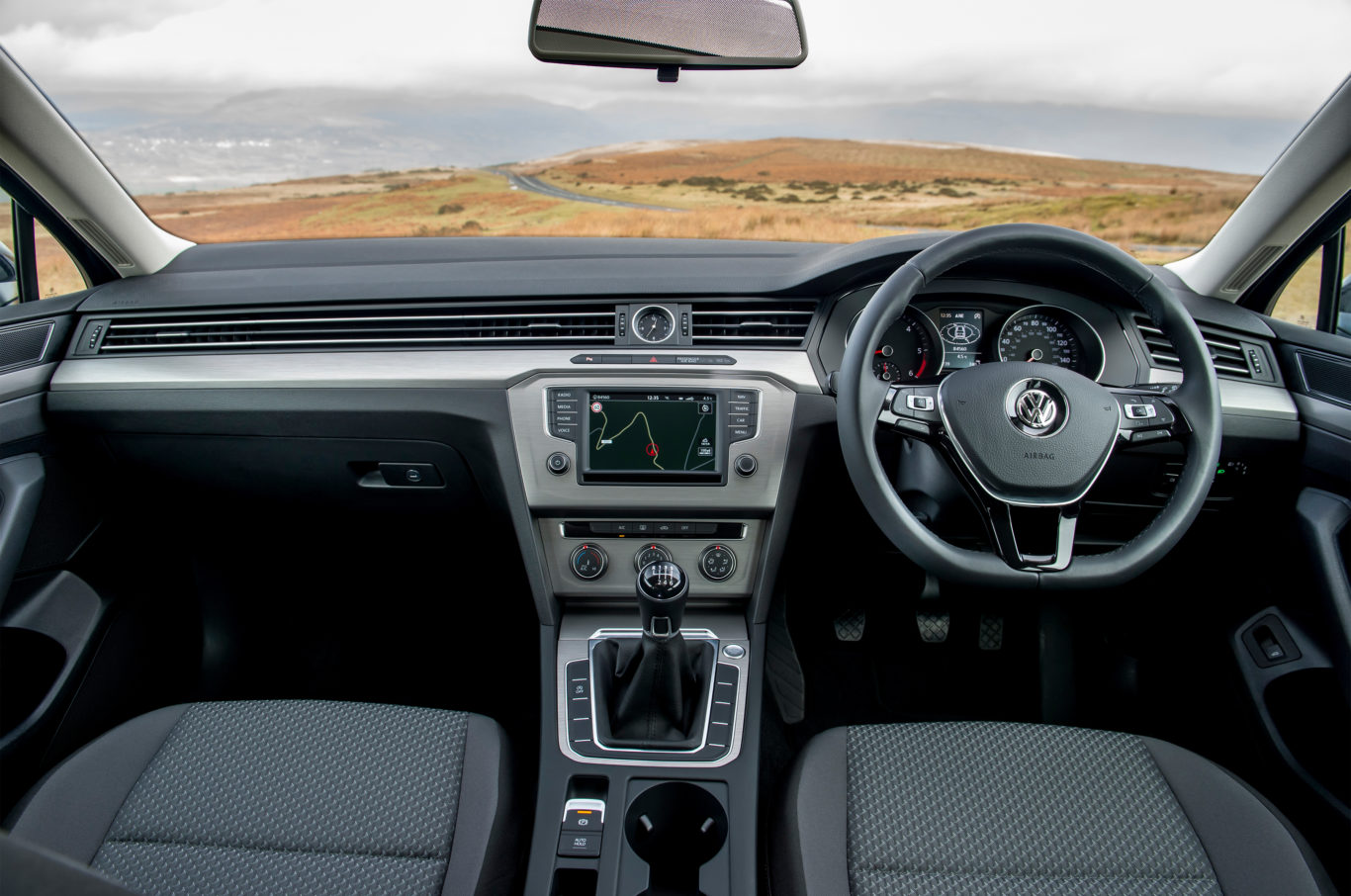
Our SE Business spec car is just the second in a four-strong trim line-up, and as the name suggests it’s targeted at the fleet market. That means it benefits from an internet-connected sat-nav system, tinted rear windows and front foglights while retaining sensible features such as cloth upholstery and small, 17-inch alloy wheels.
Adaptive cruise control is standard too, as is climate control.
Our car did have several options on though, some of which are more worth it than others. LED headlights are always good to have, but we question the necessity of the adaptive dampers that were fitted to our car. We’re big fans of the digital instrument panel, too, but it’s a pricey extra most will be able to do without.
Verdict

Enthusiasts look away now – the Passat Estate is not a car for keen drivers. What it is though, is a very comfortable and practical estate car with enough high-end touches to make any executive driver feel at home. It’s also a remarkably good fit for the 1.4-litre TFSI petrol engine, which would be our pick of the range for all but the highest-mileage drivers. All we’d recommend is that buyers first test-drive the cheaper and larger Skoda Superb Estate, which can be had with an identical powertrain.

